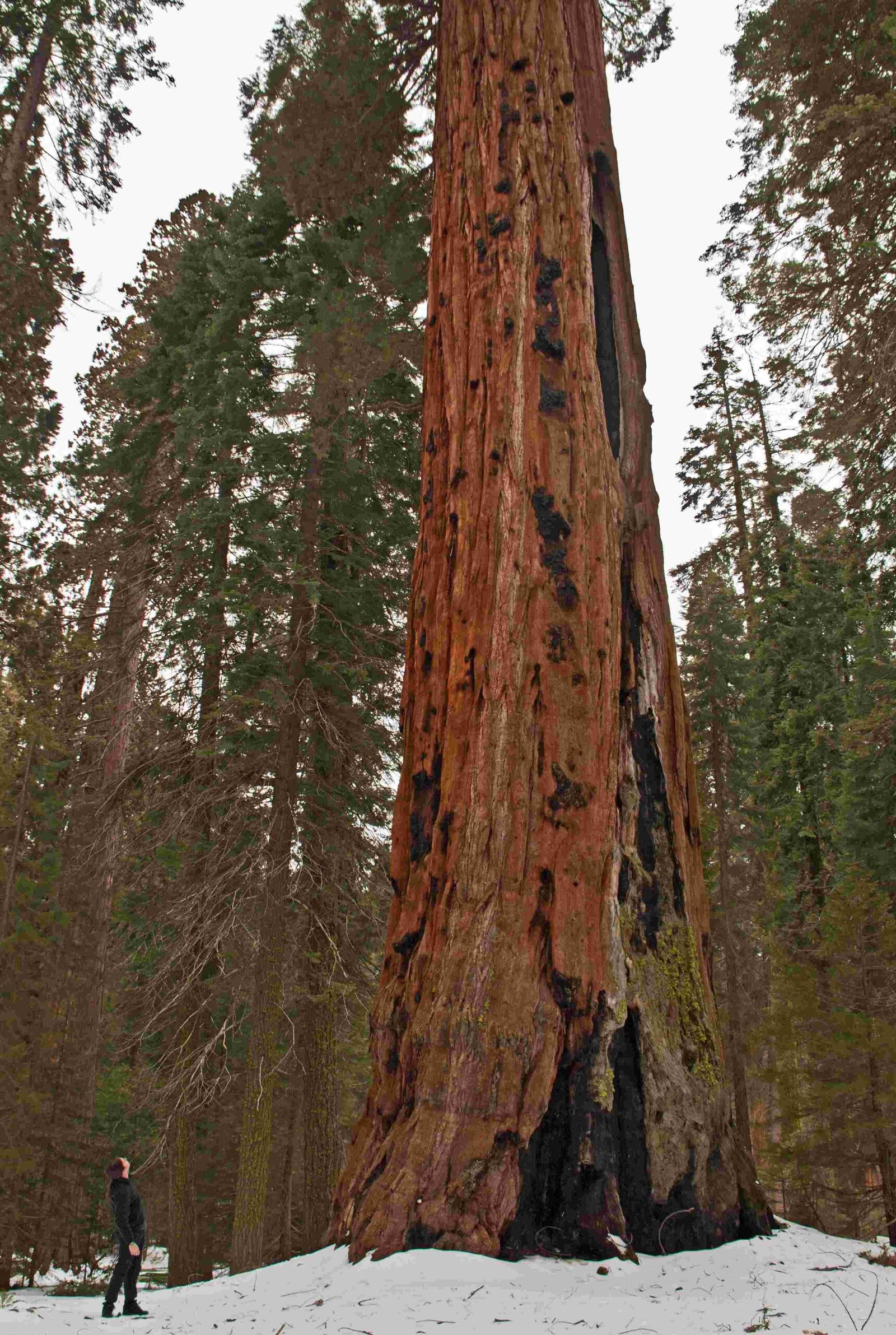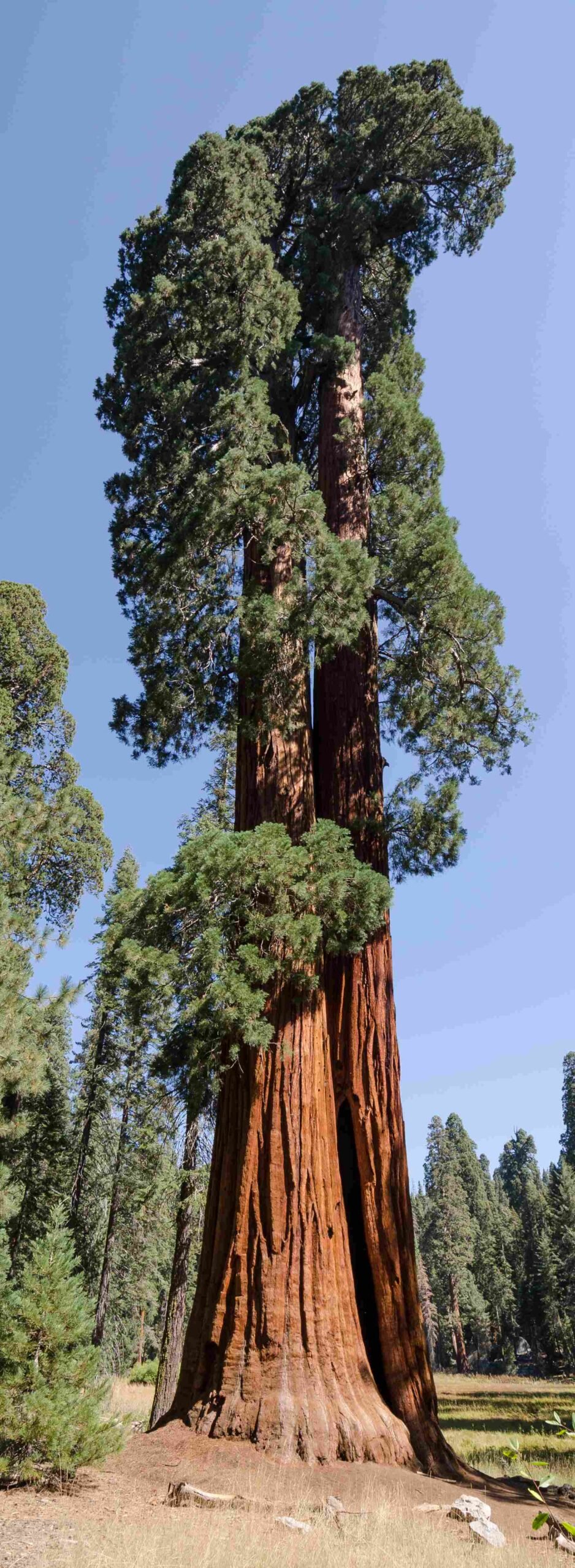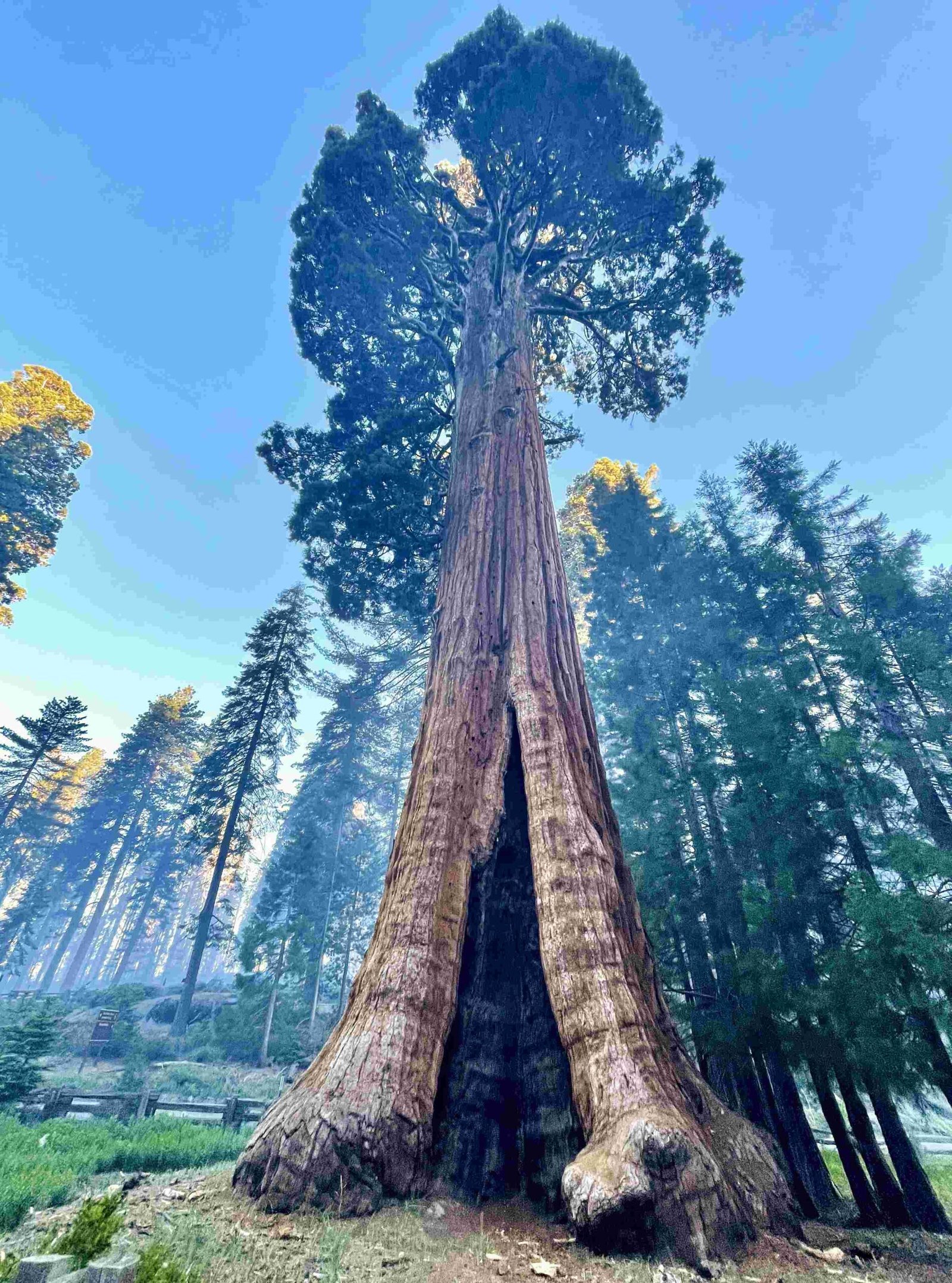Sequoia National Park offers unparalleled opportunities for viewing and photographing the Milky Way. With its remote location, minimal light pollution, and diverse landscapes, the park provides a perfect backdrop for astrophotography enthusiasts. From towering sequoias to granite domes, visitors can capture stunning images of the night sky in various settings. The park’s commitment to preserving dark skies and offering educational programs makes it an ideal destination for both amateur and professional stargazers.
Where Are the Best Spots to Photograph the Milky Way in Sequoia National Park?

Sequoia National Park boasts several prime locations for capturing the Milky Way:
- Moro Rock
- GPS: 36.5444, -118.7661
- 400-step climb to a granite dome summit
-
Panoramic views of the night sky
-
Lodgepole Parking Lot
- GPS: 36.6042, -118.7333
- Central location with easy car access
-
Unobstructed sky views
-
Wolverton
- GPS: 36.5533, -118.7333
- End of Wolverton Road in Giant Forest area
-
Dramatic scenery with trees and granite formations
-
Wuksachi Lodge
- GPS: 36.6078, -118.9653
- Ash Mountain Entrance area
-
Offers guided stargazing tours and telescopes
-
Giant Forest Area
- Various locations around 36.55, -118.75
- Scenic glens and fallen sequoias for unique foregrounds
When Is the Best Time to See the Milky Way in Sequoia National Park?

The optimal time for Milky Way viewing and photography in Sequoia National Park is:
- Season: Summer months (June through September)
- Moon Phase: New moon for minimal light interference
- Weather: Clear, dry nights
Special Events:
- Dark Sky Festival (typically in September)
- Summer ranger-led moonlight walks and stargazing tours
What Amenities Are Available for Astrophotographers in Sequoia National Park?
Sequoia National Park provides several amenities for astrophotographers:
| Amenity | Locations |
|---|---|
| Parking | Lodgepole, Moro Rock, Wolverton, Wuksachi Lodge |
| Restrooms | Lodgepole, Moro Rock, Wuksachi Lodge |
| Guided Tours | Offered by Sequoia Parks Conservancy and Wuksachi Lodge |
What Equipment Is Necessary for Milky Way Photography in Sequoia National Park?
Essential equipment for Milky Way photography includes:
- Camera with manual settings
- Wide-angle lens
- Sturdy tripod
- Remote shutter release or timer
- Extra batteries and memory cards
- Optional: Light painting tools
What Challenges Might Photographers Face When Capturing the Milky Way in Sequoia National Park?
While Sequoia National Park offers excellent conditions for astrophotography, there are some challenges to consider:
- Terrain Navigation:
- Dark trails and uneven ground require caution
-
Bring flashlights and first aid kits
-
Weather Variability:
- Check forecasts for clear nights
-
Be prepared for temperature drops
-
Wildlife Awareness:
- Stay alert for nocturnal animals
-
Store food properly to avoid attracting wildlife
-
Physical Demands:
- Some locations require hiking or climbing
-
Stay hydrated and bring snacks
-
Technical Skills:
- Familiarity with manual camera settings is crucial
- Practice night photography techniques beforehand
How Can Photographers Prepare for a Milky Way Shoot in Sequoia National Park?
Proper preparation is key for a successful Milky Way photography session:
- Research Locations:
- Study maps and trail information
-
Choose spots based on your skill level and equipment
-
Check Astronomical Conditions:
- Use apps to track moon phases and Milky Way position
-
Plan shoots during new moon periods
-
Pack Appropriately:
- Bring warm layers for cool nights
-
Include headlamps with red light mode
-
Test Equipment:
- Ensure all gear is functioning properly before the trip
-
Familiarize yourself with camera settings in low light
-
Obtain Permits:
- Check if any special permits are required for night photography
- Respect park rules and regulations
What Are Some Composition Tips for Milky Way Photography in Sequoia National Park?
To capture stunning Milky Way images in Sequoia National Park:
- Incorporate Foreground Elements:
- Use sequoia trees or rock formations to add depth
-
Experiment with silhouettes against the starry sky
-
Utilize Natural Frames:
- Position the Milky Way between tree branches or rock arches
-
Create leading lines with landscape features
-
Experiment with Reflections:
- Capture the Milky Way reflected in still lakes or ponds
-
Use water features to create mirror-like effects
-
Play with Scale:
- Juxtapose the vastness of the sky with the massive sequoias
-
Include human elements to emphasize the grandeur of the scene
-
Try Panoramas:
- Stitch multiple shots for a wider view of the Milky Way
- Capture the full arc of the galaxy over the landscape
By following these tips and taking advantage of Sequoia National Park’s unique features, photographers can create breathtaking images of the Milky Way that showcase the park’s natural beauty and dark skies.
References:
1. https://www.judytran.com/2017/06/milky-way-astrophotography-in-sequoia-engagement-photography-with-stars-nancy-jon/
2. https://spacetourismguide.com/kings-canyon-sequoia-national-parks-stargazing-trip/
3. https://www.visitvisalia.com/stargazing-in-the-dark-skies-of-sequoia-national-park/

